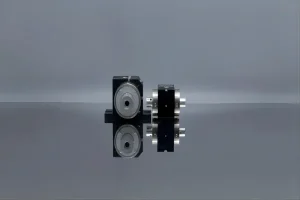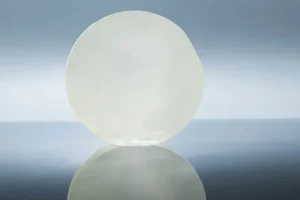Introduction
Green lasers are omnipresent in numerous industries today, from telecommunications to health and industrial applications. Their generation and the mechanisms behind them can, however, be a complicated concept to grasp. This article delves into the intricate world of green lasers, providing a comprehensive comparison of the two predominant techniques: Second Harmonic Generation (SHG) and Optical Parametric Oscillation (OPO).
Fundamentals of Laser Light Generation
Before proceeding with the main comparison, let’s gain an understanding of the basic principles of laser light generation. Essentially, lasers are devices that emit light via stimulated emission of radiation. This process involves amplifying light by absorbing external energy to stimulate emission of light in a particular wavelength, which is green in this case.
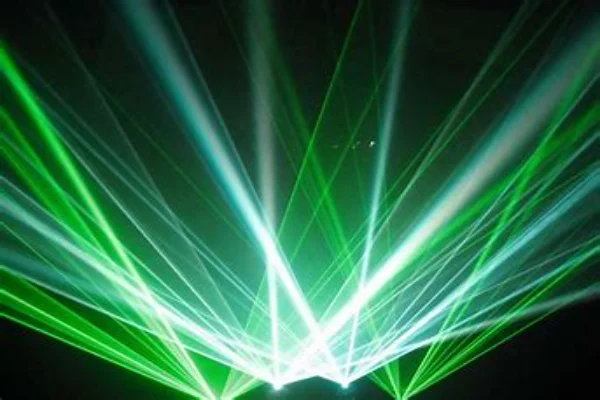
Delving into Second Harmonic Generation (SHG)
Second Harmonic Generation (SHG) is a fascinating phenomenon in the field of nonlinear optics. In essence, it’s a process where two photons of the same frequency interact within a medium and generate a new photon with twice the energy, effectively halving the wavelength. This concept is particularly integral to the creation of green laser light from near-infrared light.
When we delve into the world of lasers, it is interesting to note that green laser light is not directly produced. The most common way to generate it is by starting with near-infrared laser light, then passing it through a nonlinear optical crystal which results in green laser light via the SHG process. The conversion involves complex interactions at a quantum level that result in a fascinating leap from one wavelength to another, specifically from near-infrared to green.
The key strength of SHG lies in its efficiency and reliability. Given the appropriate set-up and suitable nonlinear optical crystal, SHG is capable of converting a considerable proportion of the input power into the second harmonic. This process, if executed correctly, culminates in a high-power output of green laser light. It’s a testament to the compelling nature of nonlinear optical phenomena and their impact on real-world applications.
Yet, despite its remarkable potential, SHG is not devoid of challenges. One of the major drawbacks of SHG is the requirement for high input power. Such power levels can be challenging to maintain consistently, especially in setups where power resources may be limited or efficiency is a primary concern. The demand for high input power increases the complexity of the system, driving up costs and rendering it unsuitable for some applications.
Furthermore, the crystals used in SHG are sensitive to temperature changes. These crystals work best at certain temperatures and any deviation from this can negatively affect the efficiency of the SHG process. It implies that any system that uses SHG must also incorporate mechanisms to control the temperature accurately. These mechanisms themselves can add to the system’s complexity and cost.
On top of this, the temperature sensitivity of the SHG crystals makes the system vulnerable to external environmental factors. Any changes in the surrounding temperature could impact the crystal’s performance, requiring further checks and balances to ensure consistent output.
So, while SHG is a powerful process and instrumental in the generation of green laser light, its application is not straightforward. It requires careful balancing of several factors, ranging from input power to temperature control. However, when managed effectively, it provides a reliable and efficient means of generating green laser light. In the continuous quest for better and more efficient lasers, the challenges posed by SHG are hurdles worth crossing.
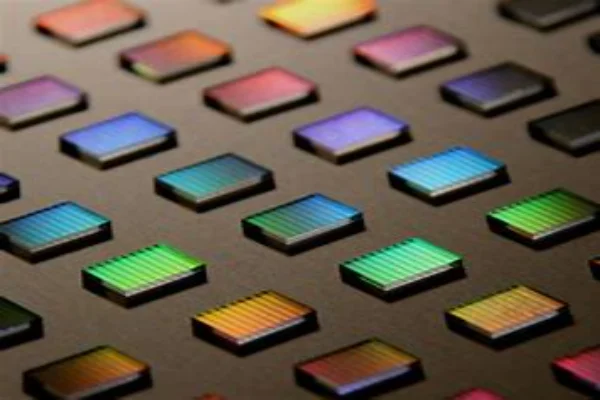
Exploring Optical Parametric Oscillation (OPO)
In the quest to generate green laser light, another intriguing technique often discussed alongside Second Harmonic Generation (SHG) is Optical Parametric Oscillation (OPO). Distinguished by a distinct method of operation, OPO is a process where an input photon is converted into two photons possessing lower energies. This energy division yields what is known as a signal, which is the desired output, and an idler, the remaining energy. If configured correctly, the OPO process can effectively generate green laser light, although the intricacies of this process are substantial.
One of the standout characteristics of OPO crystals is their versatility. What makes OPO unique is the capability to tune the output wavelength across a broad range. This range isn’t limited to the green spectrum but extends beyond it. The ability to alter the wavelength gives OPO an edge, making it a versatile choice for applications that require different wavelengths. This functionality extends the applicability of OPO to numerous industries, from telecommunications to healthcare, where the specific requirements can differ markedly.
Furthermore, the adaptability of OPO allows for a more customized approach to laser generation. Instead of being constrained to a single wavelength, users have the option to modify the output to suit their needs better. This is particularly beneficial in fields where the specificity of laser light is crucial.
Despite the inherent advantages, OPO is not without its complexities. One of the primary challenges with OPO is the precision required to establish accurate phase-matching conditions. Phase-matching is crucial to the OPO process as it ensures that the generated photons propagate in the same direction, enabling energy conservation. However, achieving and maintaining these conditions can be a significant challenge, requiring high levels of precision and control. This requirement can add layers of complexity to the overall system, demanding intricate tuning mechanisms and control processes.
Additionally, while OPO offers a broad range of tunable wavelengths, it generally falls short of SHG in terms of conversion efficiency. This reduced efficiency can translate into a less powerful output. Hence, although OPO offers versatility, it may not always deliver the same power levels achievable with SHG. This is a significant consideration for applications where power output is a decisive factor.
In summary, OPO represents a versatile and flexible method for green laser light generation, especially suited to applications requiring variable wavelengths. While it presents its complexities and challenges, its unique attributes make it an invaluable tool in the realm of laser generation. As technology continues to evolve, so too will the techniques and methods used to generate green laser light, with OPO playing a crucial role in this ongoing evolution.
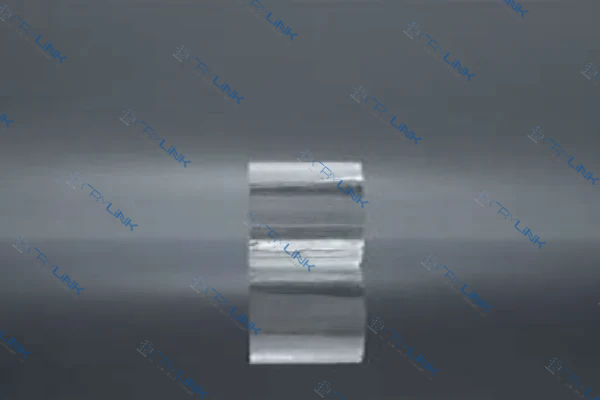
Comparing SHG and OPO for Green Laser Generation
Embarking on a comparative analysis between Second Harmonic Generation (SHG) and Optical Parametric Oscillation (OPO) for green laser generation takes us deeper into the intricate realms of laser physics. Both SHG and OPO have carved their niche in laser light generation with their unique attributes and differences, painting a diverse picture in the field of green laser technology.
In terms of efficiency, a cornerstone in the performance of any system, SHG often takes the lead. Conversion efficiency, or the capability of a system to transform input energy into output, is a critical parameter when assessing the viability of a laser light generation method. SHG, with its ability to convert a substantial portion of the input power into the second harmonic, tends to outperform OPO on this front. The resulting high-power green laser light output makes SHG a reliable choice in applications that require robust power performance.
However, this high conversion efficiency comes with its caveats. SHG’s demand for high input power and precise temperature control can raise the complexity and cost of the system, potentially posing challenges in certain applications.
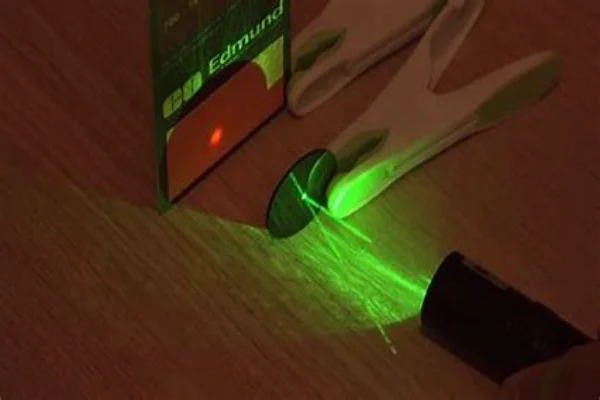
On the other side of the spectrum, we find OPO. While it may not match the conversion efficiency of SHG, OPO brings to the table its unique offering: flexibility. The capability of OPO to provide a wide range of tunable wavelengths is a game-changer in applications requiring various wavelengths. Instead of being confined to a specific wavelength, as with SHG, OPO allows for adjustments to the output, making it adaptable to a diverse range of requirements.
But, like all good things, OPO’s versatility also comes with its fair share of challenges. Achieving a broad range of wavelengths requires meticulous setup and precise control to maintain accurate phase-matching conditions, all of which can amplify the complexity of the system. Moreover, the general lower efficiency of OPO compared to SHG can result in a less powerful output, a factor worth considering when high power is a primary requirement.
When it comes to reliability, SHG generally stands out with its robust and consistent output. Once an SHG system is set up and the temperature is maintained, it can reliably churn out high-power green laser light. This contrasts with OPO, which requires constant monitoring and adjustment to ensure stable performance due to its sensitivity to phase-matching conditions.
But no single system can be deemed superior without considering the specific needs of the application. If you are in the market for high power and reliability, SHG could be your best bet. However, if your application requires versatility and tunability across a range of wavelengths, OPO would likely be a more fitting choice. The decision between SHG and OPO is not simply black and white; it involves a nuanced understanding of their unique strengths and challenges, along with a clear insight into the requirements of the application at hand. In the grand scheme of green laser generation, both SHG and OPO hold their ground, each paving its path in this rapidly evolving field.
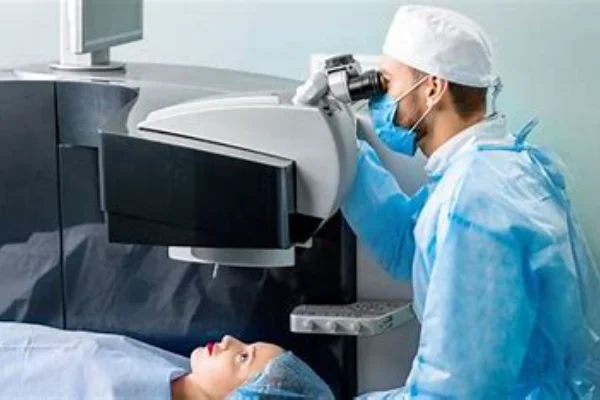
Conclusion
The choice between SHG and OPO for green laser generation ultimately depends on the specific requirements of the application. If high power and reliability are paramount, SHG might be the preferred choice. Conversely, if flexibility and tunability are the priority, OPO is the way to go. Despite their differences, both techniques play a vital role in the advancement of green laser technologies, making the quest for the perfect green laser an ongoing journey.
FAQs
1. What is Second Harmonic Generation (SHG)?
SHG is a non-linear optical process where two photons with the same frequency combine to generate a new photon with twice the energy, hence half the wavelength.
2. What is Optical Parametric Oscillation (OPO)?
OPO involves converting an input photon into two photons having lower energies. The energy split produces a signal (desired output) and an idler (remaining energy).
3. How does efficiency compare between SHG and OPO?
SHG generally outperforms OPO in terms of conversion efficiency.
4. What are the advantages of OPO over SHG?
OPO provides a wider range of tunable wavelengths, offering flexibility for applications that require various wavelengths.
5. Which is more reliable, SHG or OPO?
SHG typically offers more robust and reliable output compared to OPO.


